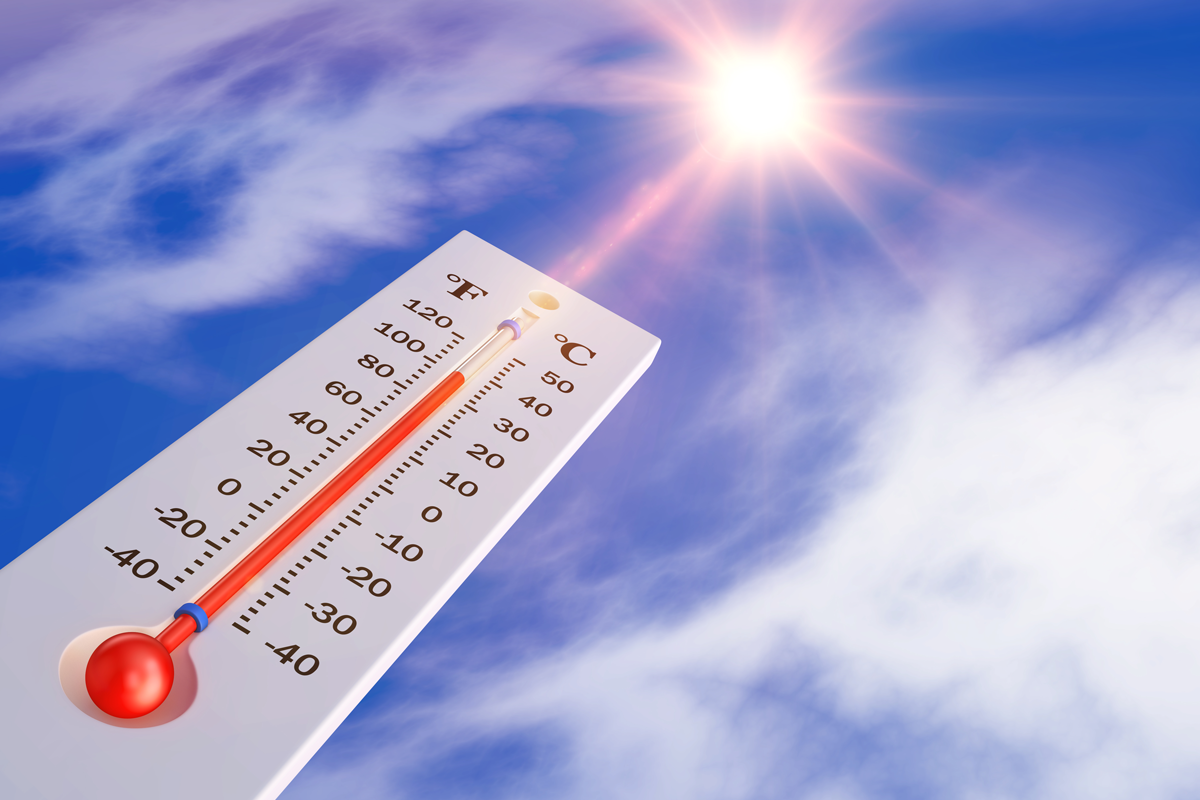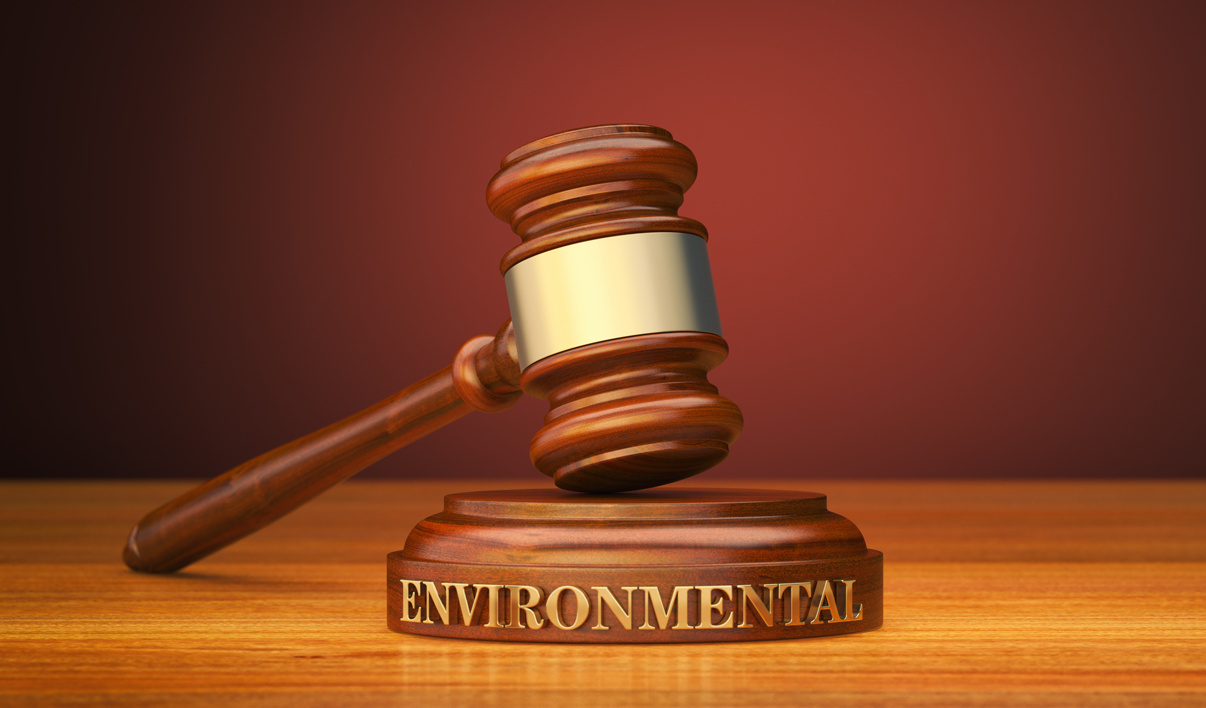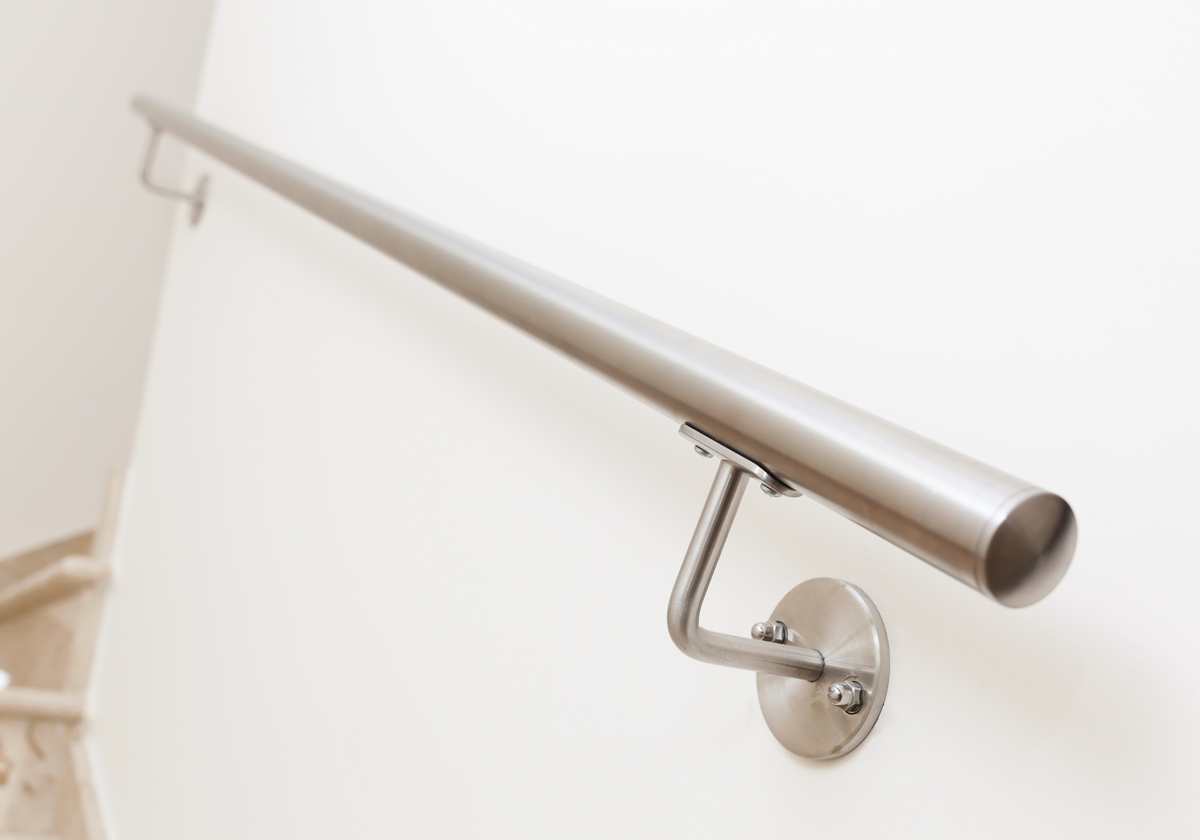As the COVID-19 pandemic has progressed, public health and worker safety agencies have issued and re-issued directions to employers for copying with evolving situations. On June 10, 2021, the Occupational Safety and Health Administration (OSHA) revised its benchmark guidance for management of workplace COVID-19 risks. The remainder of this note summarizes OSHA’s newly-revised “Protecting Workers: Guidance on Mitigating and Preventing the Spread of COVID-19 in the Workplace.” (I wrote about the initial January 2021 version HERE).
Audit, Compliance and Risk Blog
Tags: OSHA, Covid-19, Vaccine, Vaccination
Summer has arrived, bringing record-breaking heat to parts of North America. It's time to remember that outdoor work in the summer sun can lead to heat illness, as can indoor work in spaces that aren’t sufficiently insulated or cooled.
In the United States, the federal Occupational Safety and Health Administration (OSHA) and most state OSH programs provide guidance to employers and their workers. California's Division of Occupational Safety and Health (Cal/OSHA) administers detailed regulatory requirements for outdoor first promulgated in 2005, and Washington has enforced state-level rules since 2007. Canadian occupational health and safety agencies also recognize “thermal stress” as a workplace hazard, with attention to both heat and cold. California has been working on standards for indoor workplaces since 2017.
If you have outdoor workers in California you must comply with the following requirements, while if you're anywhere else you should at least consider them.
Read MoreSupreme Court reminder in Superfund case: settling a case under one environmental law may not affect potential liability under others
Posted by Jon Elliott on Wed, Jun 23, 2021
The many overlaps and disjunctions in environmental protection laws mean that many situations are potentially subject to multiple laws and their associated enforcement provisions. On May 24, the US Supreme Court decided the latest incarnation in a long-running dispute between the federal government and the territory of Guam over contamination at a landfill, which included an earlier round involving the Clean Water Act (CWA) and the latest round involving the Superfund law (Comprehensive Environmental Response, Compensation, and Liability Act (CERCLA)) (Guam v. United States). The court decided that a 2004 settlement in a CWA enforcement case did not – and could not – affect Guam’s latest search for financial contributions to cleanup under CERCLA. This decision provides not just specific clarification of the relationship between two CWA and CERCLA cost recovery provisions, but also a general reminder about the need to craft settlements carefully.
Read More
Tags: Environmental, CWA, Supreme Court, CERCLA, environmental law
OSHA proposes to correct and clarify handrail and stair rail requirements
Posted by Jon Elliott on Tue, Jun 15, 2021
The Occupational Safety and Health Administration (OSHA) is proposing several corrections to handrail and stair rail requirements it adopted in 2017 as part of major revisions to its Walking-Working Surfaces Standard (I wrote about those revisions HERE and HERE). The present proposal identifies several typographical errors and ambiguities in the 2017 revision, which OSHA states have led to confusion and questions from employers around the country. The proposal would create a transition period for employers that made plausible interpretations of the provisions to be corrected.
Read More
Tags: OSHA, handrail, stair rail
After 15 years of controversy, Circuit Court gives EPA 60 days to rule on Chlorpyrifos pesticide
Posted by Jon Elliott on Wed, Jun 09, 2021
On April 29, the Ninth Circuit (federal) Court of Appeals issued an important ruling on national pesticide regulation, directed at the controversial organophosphate insecticide chlorpyrifos. The order directs the Environmental Protection Agency (EPA) to act within 60 days to either announce an enforceable safe exposure level for use, or to ban the pesticide. The case, League of United Latin American Citizens (LULAC) v. Regan, interprets and applies the Federal Insecticide, Fungicide and Rodenticide Act (FIFRA), and related authority under the Federal Food, Drug, and Cosmetic Act (FFDCA). This decision is the latest step in controversies dating to 2006, involving years of EPA inaction spanning the Obama and Trump administrations.
Read More
Tags: EPA, FFDCA, NRDC, Chlorpyrifos pesticide, FIFRA
Within the US federal government, the Department of Justice (DOJ) enforces many civil and criminal laws directly, and also provides the attorneys who represent federal agencies in enforcement cases. For example, DOJ’s “US attorneys” represent the Environmental Protection Agency (EPA) in cases under the Clean Air Act, Clean Water Act, etc. In doing so, DOJ provides those attorneys with departmental policies to guide their activities – as a practical matter, DOJ policies supersede any conflicting client-agency policies. It’s therefore important, that since the Biden administration assumed office, Attorney General Garland and his deputies have moved aggressively to review and revise departmental policies inherited from the Trump administration. The remainder of this note discusses some of these changes.
Read MoreTags: EPA, DOJ, Environment, ENRD, Climate
A host of laws are designed to protect consumers from abusive business practices. These laws include longstanding protections against advertising that uses “false” or “misleading” advertising to induce consumers to buy products that do not perform as advertised, or that produce consequences different from those advertised. The basic U.S. federal law protecting consumers from false advertising is the Federal Trade Commission (FTC) Act, originally adopted in 1914; many states have enacted analogous provisions (in Canada, the Competition Act also provides analogous requirements). Organizations must meet these standards if they intend to make claims about their products or services, and should remember these provisions when reading materials prepared by others.
Read More
Tags: Environment, FTC, FTC Green Guides
Another Encouragement for Canadian Directors to Consider Non-shareholder Interests
Posted by Jon Elliott on Wed, May 19, 2021
Whose interests should corporate directors consider when running their companies? At least since 2008. The prevailing view in Canada is that while directors must consider shareholders’ interests, they may also consider the interests of other stakeholders. For example, in 2008, the Supreme Court of Canada decided the case BCE Inc. v. 1976 Debentureholders, allowing but not requiring consideration of debenture holders. Recently this permission has been shading toward an expectation.
Read MoreTags: Labour & Employment, CBCA, Canada, Directors Liability
On April 30, 2021, the US Environmental Protection Agency (EPA) proposed rules to phase down production and consumption of specified hydrochlorofluorocarbons (HFCs), consistent with directives included in the 2016 Kigali Amendment to the United Nations-sponsored Montreal Protocol on Substances that Deplete the Ozone Layer. These rules were authorized by the massive coronavirus relief bill (American Innovation and Manufacturing Act of 2020 (AIM Act)) enacted in December 2020, which included dozens of unrelated provisions within its 5,593 pages.
Read More
Tags: EPA, climate change, Environment, HFCs, Montreal Protocol, Ozone Layer, AIM Act, ODS
EPA Revises Multi-Sector General Permit For Industrial Stormwater Discharges
Posted by Jon Elliott on Wed, May 05, 2021
Effective March 1, 2021, the Environmental Protection Agency (EPA) has issued a revised “National Pollutant Discharge Elimination System (NPDES) Multi-Sector General Permit for Discharges from industrial Activities” (MSGP).” This new 2021 MSGP replaces EPA’s 2015 MSGP (which expired in 2020 but was continued by administrative fiat). Compliance begins May 30, 2021 for facilities that have been subject to the 2015 MSGP. Even though EPA's direct permit authority applies only in limited parts of the country, the new MSGP provides a reminder to organizations nationwide that stormwater management efforts need to be thorough and up-to-date.
Read More
Tags: EPA, Stormwater, clean water, NPDES, Environment, MSGP










